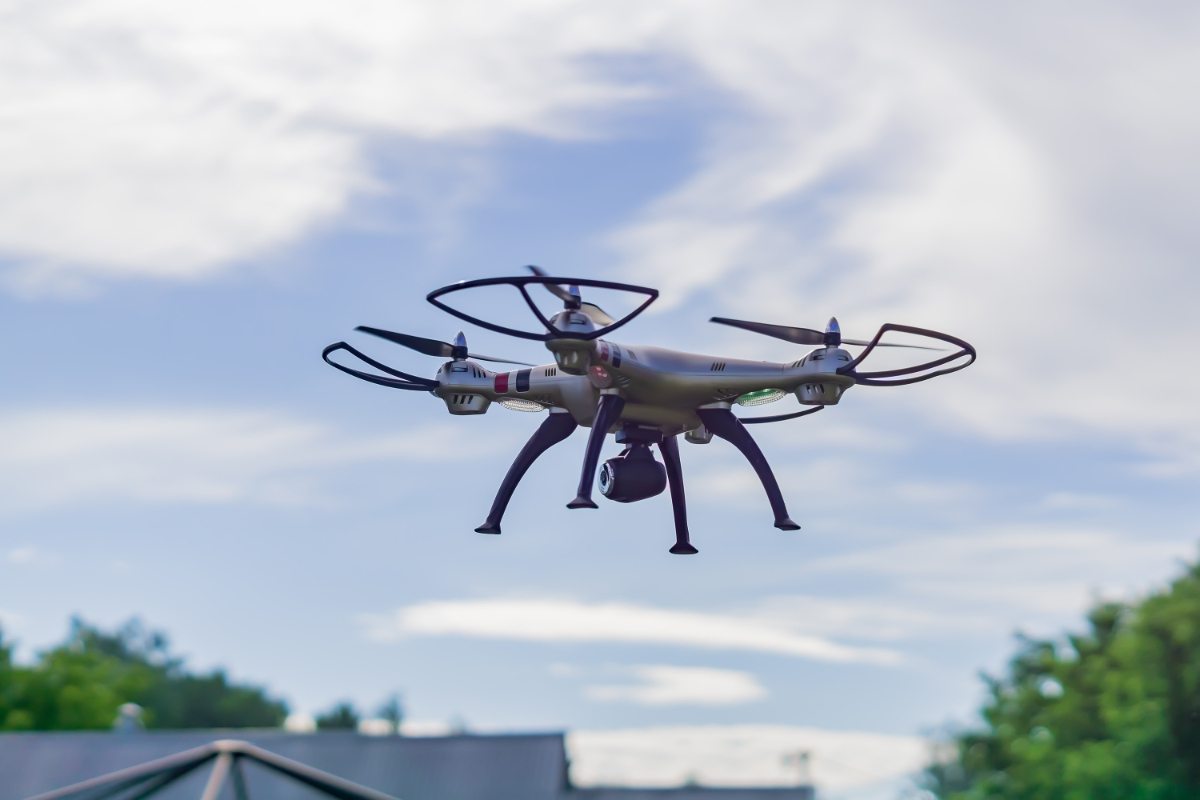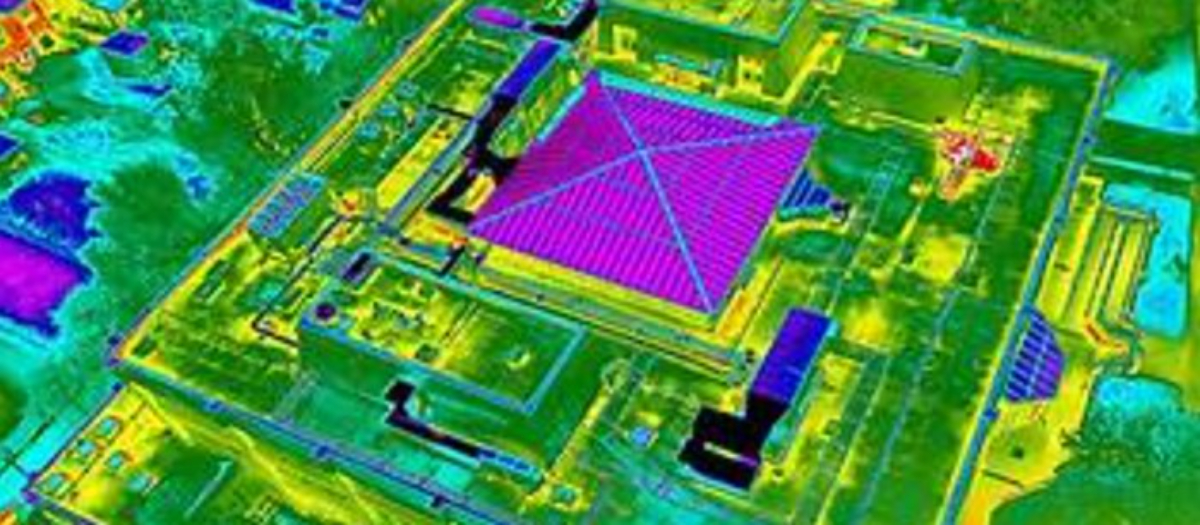This article asks: can I use a drone to check my roof? Drones equipped with high-resolution cameras can capture detailed images and videos, allowing you to spot potential issues such as missing tiles, leaks, or structural damage without the need for ladders or scaffolding.
How Drones Are Used for Roof Inspections
Drones have become useful tools for roof inspections. By using drone roof inspection technology, homeowners can get a close look at their roof's condition without climbing ladders or hiring expensive scaffolding. Aerial roof inspections allow for detailed images and videos of roof areas that are hard to see from the ground. By flying a drone over the roof, you can spot issues like broken tiles, leaks, or blocked gutters. Roof inspection drones come with high-quality cameras, making them perfect for checking every detail.
Some people choose a DIY drone roof inspection to save on costs, while others hire drone roof inspection services. Using drones for roof inspections is a new way to keep your home in good shape and can help prevent bigger problems down the line. For many, drone technology in roofing makes the job easier, safer, and more cost-effective.

Do You Need a Licence to Fly a Drone for Roof Inspections?
To fly a drone in the UK for roof inspections, you might need a licence, depending on how and where you fly. If you use a small drone for personal use and follow the rules, such as flying below 400 feet and keeping it within sight, you might not need a special licence.
However, if you are using drones for commercial purposes or flying a larger drone, you need to register with the Civil Aviation Authority (CAA) and might need more training.
It's important to check if you need a certificate, like the A2 Certificate of Competency, for more advanced flights.
Safety Considerations When Using a Drone
Safety is vital when carrying out a drone roof inspection. Start by checking your equipment before each flight to avoid technical issues. Ensure your drone's battery is fully charged and your camera is working correctly. Always keep your drone within your line of sight to prevent losing control.
Weather can impact drone flights—strong winds or rain might make flying unsafe, causing damage to the drone or accidents. Make sure your surroundings are clear of obstacles like trees or power lines to avoid collisions. Use a spotter if you're in a busy area to help keep an eye on your drone.

Drone Inspection vs Traditional Roof Inspection
Both drone inspection and traditional roof inspection have their benefits. Using a drone roof inspection can save time and reduce the risk of accidents. With a drone, you can quickly survey the roof and capture detailed visuals for analysis. Drone roof inspection cost might be lower than traditional methods because it eliminates the need for scaffolding or ladders.
A DIY drone roof inspection allows homeowners to check their roofs regularly. However, traditional roof inspections might still be necessary for physical repairs or detailed assessments. Professionals can physically inspect areas a drone might miss. Best drones for roof inspections offer versatility but have limits in poor weather.
Legal Regulations for Drone Use in the UK
UK regulations for drones are vital to ensure safe usage. The Civil Aviation Authority (CAA) sets the rules for drone flying. Anyone using drone technology in roofing must follow these regulations. If your drone is under 250g and used for personal purposes, registration might not be needed.
Registration is a must for larger drones or commercial use. Always fly at least 150 metres away from built-up areas and 50 metres away from people and private property. To fly a drone safely for inspections, staying below 400 feet is crucial. The drone roof inspection regulations in the UK also require you to always keep the drone in sight.
If you're looking for professional drone services near you, contact Dog House Drones today.






